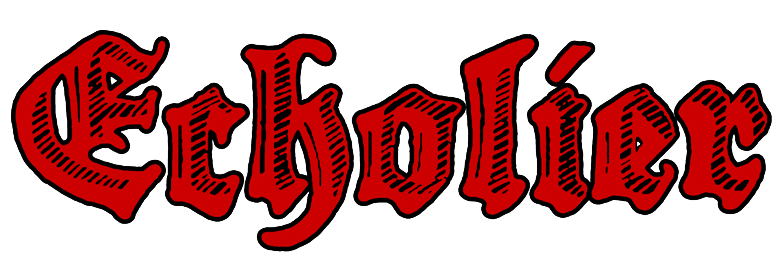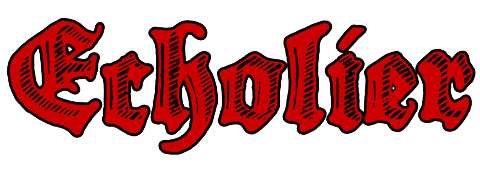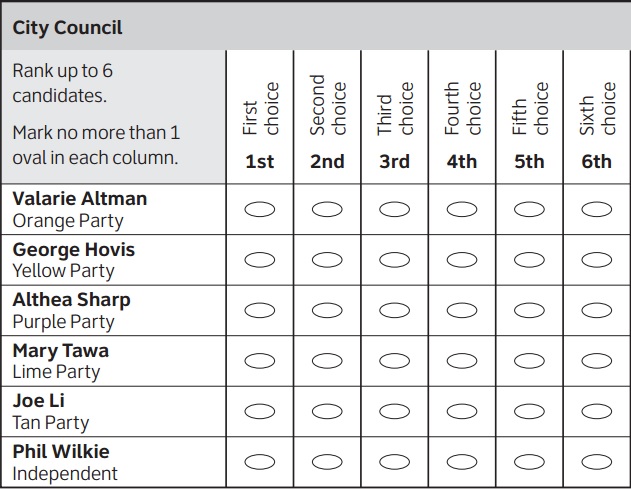Ranked Choice Voting: The Way Out of America’s Two Party Quagmire
November 30, 2020
*the Democratic and Republican party will be named [PARTY X and Y] for the purpose of informing through an unbiased lens.
America’s two party political system is fraught with controversy. Right now, the issue under the spotlight is voting. Voting controversies and issues concerning the 2020 presidential election have forced an even bigger issue into the spotlight- the value of a single vote. Currently, the only votes that seem to matter are those for PARTY X or Y. And let’s face it, PARTY X and Y have become quite polarized. So what is a voter to do if their beliefs better align with a a third party, an independent candidate, or combination of platforms within PARTY X and Y ? The obvious answer is to vote for them, but a vote for an independent candidate holds little to no value against a vote for PARTY X or Y. How do we create a system where there are more than two viable choices for voters? The only logical solution is called ranked choice voting.
Ranked choice voting does what today’s voting system does not; it places real value in a vote. Using the ranked choice system places all potential candidates on the voter ballot. Then, voters rank the candidates by preference. Ireland’s democratic system has used ranked choice voting to determine public office seats since 1919. Radiolab’s podcast episode Tweak the Vote further breaks down the counting process. Ballots are hand sorted into piles according to first preference, then recorded. After that, ballots are resorted into second preference and so forth until there are three to five top candidates votes could go to. Then, the ballots that list underperforming candidates as their first choice are reevaluated and sorted into the appropriate pile according to their preference. Candidates win by receiving at least half of the first-choice votes counted. This means that even if your first choice doesn’t get half of the vote, your second choice may, which means your vote still counted for that candidate. You can see an example of ranked-choice ballot below from FairVote.org.
The system allows all voters to participate in an honest environment. Ranked choice voting also encourages voters to thoroughly educate themselves on each candidate and what they stand for instead of bucking up and “choosing the lesser of two evils”. Right now, ranked choice voting seems to be the first step out of the grips of a two-party system, and the path to a better American democracy.


